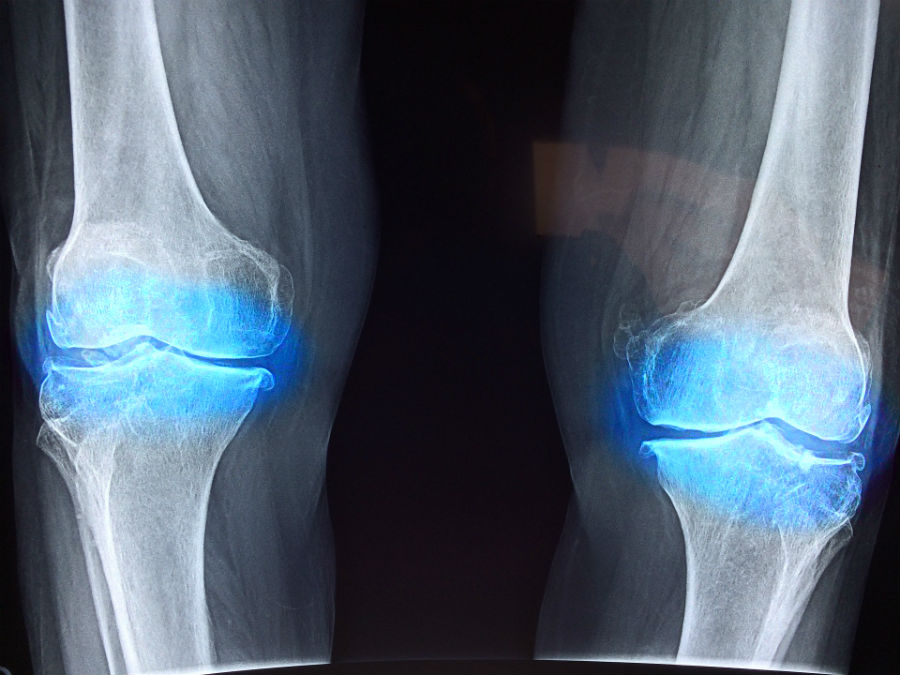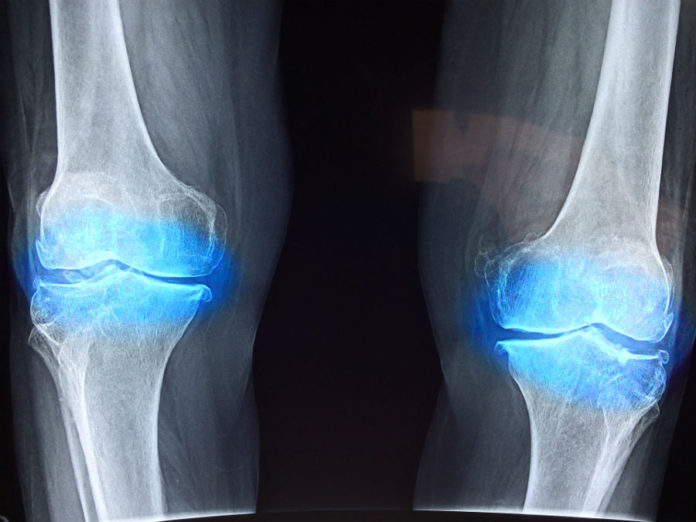
Credit: Taokinesis
Scientists from the Stanford University made a breakthrough in regenerating cartilages in the joints, by navigating skeletal stem cells. The study is now published in the journal, Nature Medicine and it is a followup research on skeletal stem cells from the same University.
The cartilages, also known as the articular cartilage are naturally placed between bones or joints allowing them to move smoother. Places like in the knee joints, these cartilage tissues are essential in shock absorbing. Age, diseases or trauma can cause joints in our body to rub together constantly, while gradually losing the articular cartilage in between. Loss of this articular cartilage results in joint pain, inflammation which is common in arthritis. And in an adult, this part of the body does not grow back.
“Cartilage has practically zero regenerative potential in adulthood, so once it’s injured or gone, what we can do for patients has been very limited,” says Charles K.F. Chan, PhD.
How was it done?
The first method in use is called, “microfracture” where scientists made tiny holes on the surface of the joint. Then the body responds and regenerate tissue on the injury. According to Chan, “Microfracture results in what is called fibrocartilage, which is really more like scar tissue than natural cartilage, it covers the bone and is better than nothing, but it doesn’t have the bounce and elasticity of natural cartilage, and it tends to degrade relatively quickly.”
But this is where the researchers enthusiasm kicked in. While the injury heals, they thoroughly observed the part played by the skeletal stem cells. The skeletal stem cells had been activated by the injury, but instead of regrowing the actual articular cartilage, stem cells generated fibrocartilage.
So scientists found a way to navigate the skeletal stem cells to grow the actual articular cartilage in the joint while healing the injury. When a bone is forming, the tissues go through a series of steps including a cartilage phase before becoming a bone tissue. So scientists navigated skeletal stem cells to follow this pathway but interrupted the process at the cartilage phase without letting it form into a bone tissue.
The process was initiated with the use of the “bone morphogenetic protein 2 (BMP2)” and then signalled “vascular endothelial growth factor (VEGF)” to be blocked midway. And it was a success! Both of these molecules already have the approval of the US Food and Drug Administration (FDA) for various medical applications therefore researchers believe the next stages of the study could be sped up.
“What we ended up with was cartilage that is made of the same sort of cells as natural cartilage with comparable mechanical properties, unlike the fibrocartilage that we usually get, it also restored mobility to osteoarthritic mice and significantly reduced their pain,” says Chan.
Once the results of the test were successful on mice, scientists tried it on human skeletal stem cells that were planted on mice. And they also showed the same positive results. As this was done in a laboratory setting on mice, their next steps plan to involve larger mammals before testing directly on humans. And once they succeed to that step, they plan to involve people who suffer from arthritis.
The researchers believe in the near future, where “You don’t wait for damage to accumulate — you go in periodically and use this technique to boost your articular cartilage before you have a problem.”. And that sounds fantastic!

